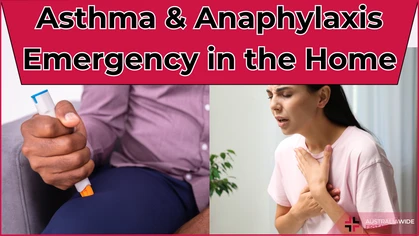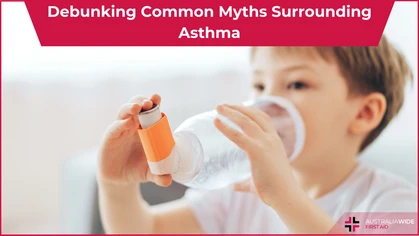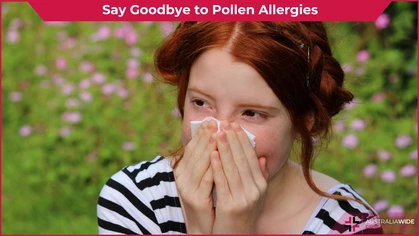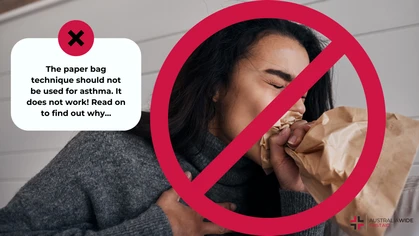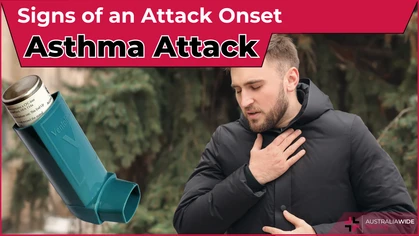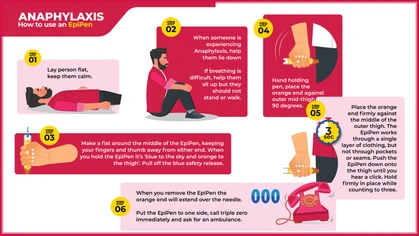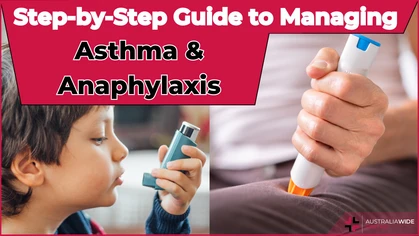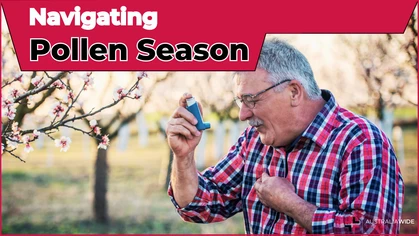Anaphylaxis and Food Allergies

Allergy and Asthma
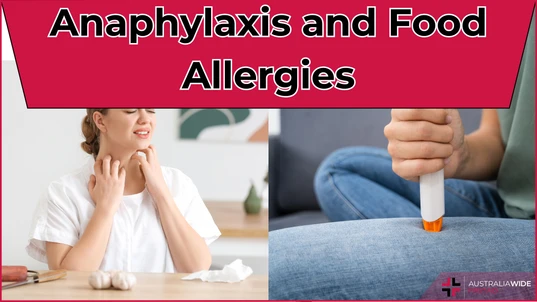
Food allergies are on the rise in Australia. Researchers still don't know why this is happening. As such, it is important for people living with food allergies to understand how to prevent, identify, and manage their symptoms.
In Australia, food allergies affect approximately 1 in 10 infants and 1 in 100 adults. While some allergies may only cause minor effects like a rash or itching, others can cause a severe and life-threatening condition known as anaphylaxis. The prevalence of food allergies is increasing in Australia at an alarming rate, a phenomenon that researchers are desperately trying to understand. In the meantime, it is important for people to familiarise themselves with the risks of allergic reactions and how to manage them.What are the Most Common Food Allergies?
The foods that trigger 90% of food allergic reactions in Australians include:- Milk
- Eggs
- Peanuts
- Tree nuts
- Sesame
- Fish
- Shellfish
- Wheat
- Soy
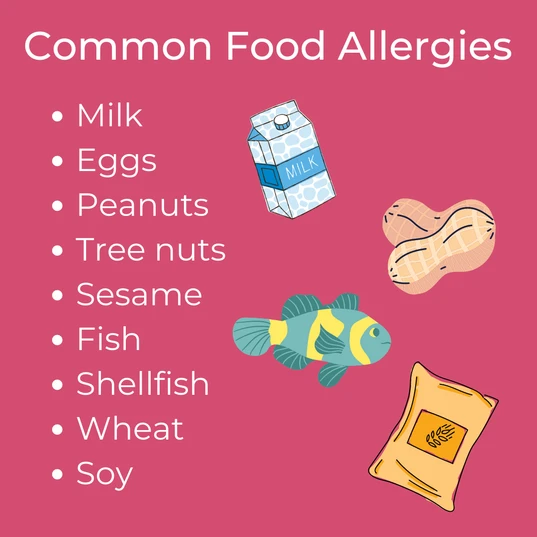
How do I Know if I am Having an Anaphylactic Reaction?
If you have anaphylaxis and come into contact with a food that you are allergic to, you may experience the following symptoms:- Tightness of the throat from swelling
- Difficulty breathing
- Tongue and facial swelling
- Hoarse voice or difficulty speaking
- A wheeze or persistent cough
- Collapse or falling unconscious
- Becoming pale or floppy (young children)
- Abdominal pain and vomiting
- Hives, welts, and body redness
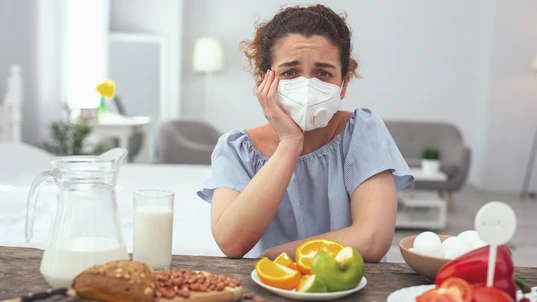
How do I Avoid Food I am Allergic to?
When it comes to life-threatening food allergies, all stages of food preparation are important. People with anaphylaxis can be so sensitive to certain substances that even slight traces can cause a severe allergic reaction. If you have experienced an anaphylactic reaction from a particular type of food or you have a family history of severe food allergies, you should see a doctor. Your doctor will organise for you to get tests so that you know which foods to cut out of your diet completely. If you have been prescribed with an auto-injector, you should carry it with you at all times so that when you experience the early signs of anaphylaxis you can administer this shot immediately.When buying food:
- Learn how to understand labels
- Read the ingredients list carefully
- Look out for warnings like ‘This product may contain traces of nuts’
When eating away from home:
- Ask about food content and preparation
- Make sure it hasn’t been prepared on the same surface as a food you are allergic to
If your reaction can be set off by simply breathing in or touching a food allergen:
- Avoid leaning on public tables that may contain traces of food allergens
- Be wary on airplanes. Foods such as peanuts are often served on airplanes, so keep an eye out for traces of nuts on your chair and tray table
- See if you can request a flight where peanuts are not served
Alcohol:
- Some alcohol can contain traces of allergens such as eggs, tree nuts, and seafood
- If you are unsure about a certain drink you should call the manufacturer to determine whether it is safe for you to have.
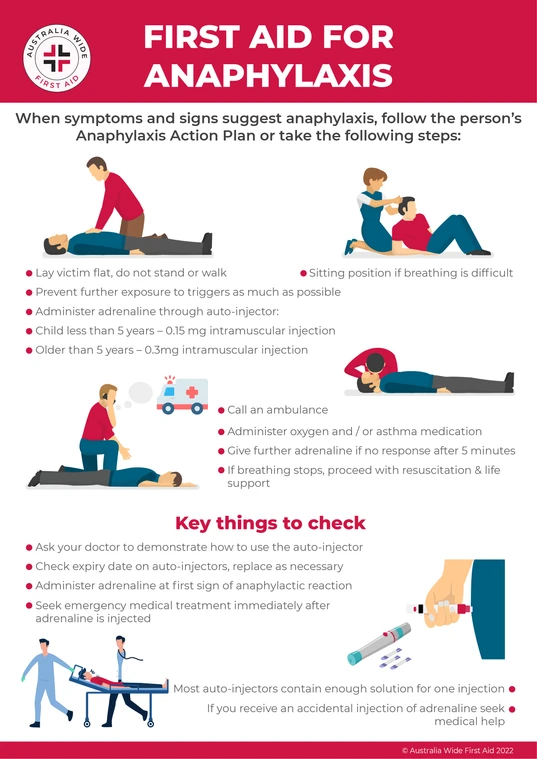
When treating a person experiencing anaphylaxis, it is important to stay calm. In the first instance, lie them down and, if possible, prevent them from coming into further contact with the allergen.
First Aid for Anaphylaxis
If someone’s symptoms and signs suggest anaphylaxis, you should follow their Anaphylaxis Action Plan or take the following steps:- Lay victim flat, do not stand or walk. If breathing is difficult, allow to sit. If they are unconscious, move into recovery position
- Prevent further exposure to the triggering agent if possible
- Administer adrenaline through auto-injector. A child less than 5 years should receive a 0.15 mg intramuscular injection. A person older than 5 years should received a 0.3 mg intramuscular injection
- Call an ambulance
- Administer oxygen and/or asthma medication for respiratory symptoms
- Further adrenaline should be given if no response after five minutes
- If breathing stops follow DRSABCD and be prepared to perform CPR
Other Resources
If you're interested in learning more about allergy and anaphylaxis, you might like to check out the following articles in our Resource Library:Australia Wide First Aid Training
Do you want to learn first aid, including how to manage allergy symptoms? Head to one of our regular training courses:
Originally published at
https://www.australiawidefirstaid.com.au/resources/anaphylaxis-food-allergies
as part of the Australia Wide First Aid Articles Library
